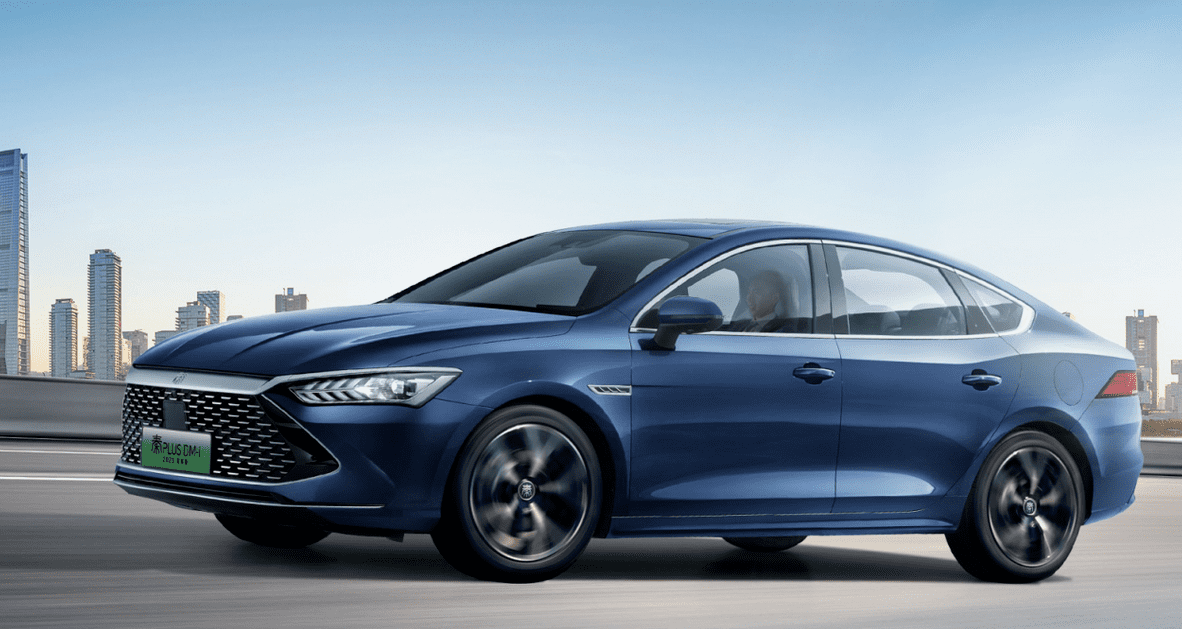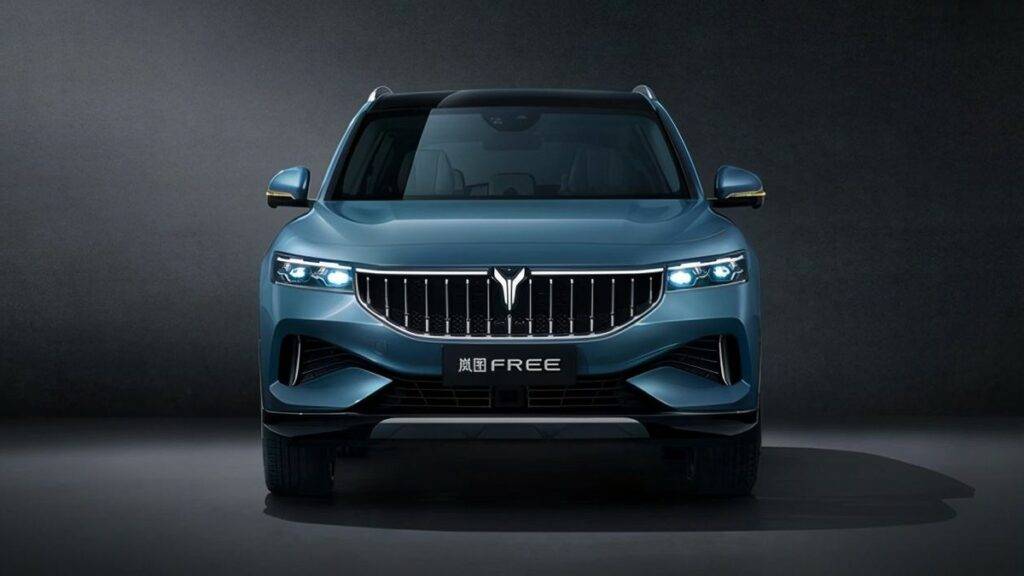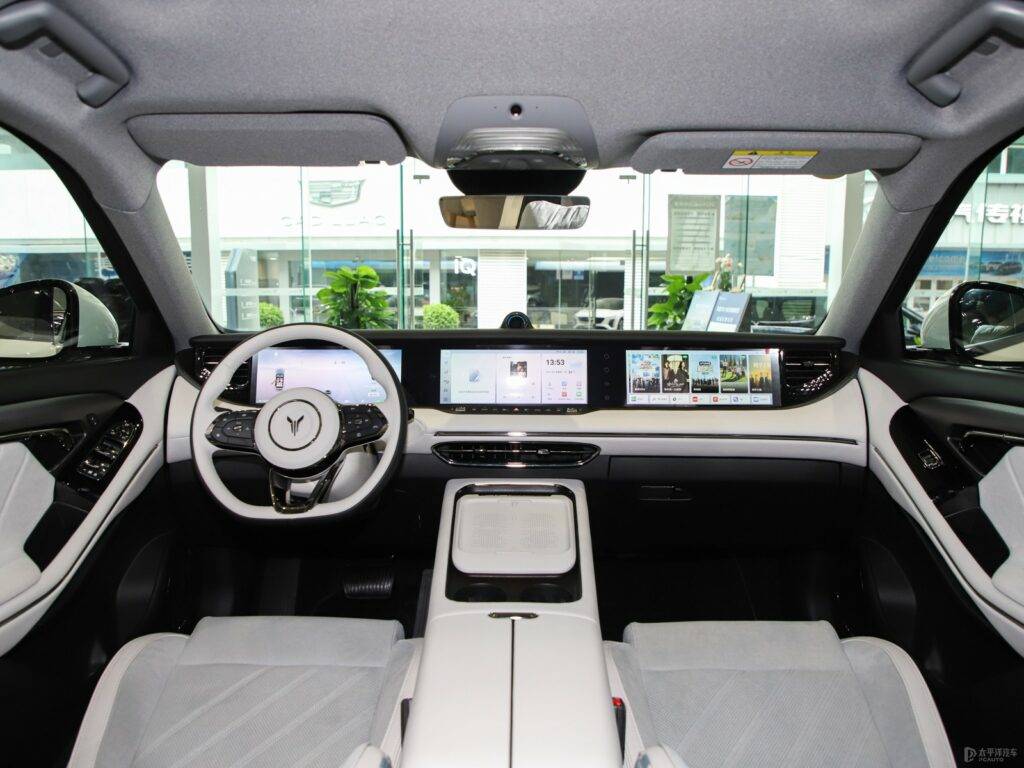AITO M7: Redefining Excellence in the Smart Electric SUV Segment
Striking Exterior Design & Premium Interior The AITO M7 showcases a modern design philosophy with

The global transition to electric vehicles (EVs) represents a pivotal shift in transportation technology, driven by environmental imperatives and technological innovation. This paper systematically explores the multifaceted benefits of electric autos, supported by empirical data and comparative analyses.
| Comparison Metric | Internal Combustion Engine (ICE) Vehicles | Electric Vehicles (EVs) |
|---|---|---|
| CO₂ Emissions (kg/mile) | 410 | 0 (Zero Tailpipe Emissions) |
| Energy Efficiency (%) | 20-30 | 85-90 |
| Renewable Energy Compatibility | Limited | High (Solar/Wind Charging) |
Key Insight: EVs reduce lifecycle emissions by 50-70% even when accounting for battery production.

| Cost Category | ICE Vehicles (Annual) | EVs (Annual) | Savings (%) |
|---|---|---|---|
| Fuel Cost | $1,500 | $500 | 67% |
| Maintenance Cost | $1,200 | $600 | 50% |
| Total Savings | $1,100 | 48% |
Key Insight: EVs save drivers an average of $6,000 over 5 years.
| Feature | ICE Vehicles | EVs |
|---|---|---|
| 0-60 mph Acceleration | 7-10 seconds | 3-5 seconds |
| Noise Level (dB) | 75-85 | 50-60 |
| Regenerative Braking | None | Recovers 15-30% Energy |
Key Insight: EVs achieve instant torque (266 lb-ft vs. ICE’s 258 lb-ft).
| Region | Key Policies |
|---|---|
| China | Ban on ICE vehicle, NEV subsidies |
| EU | 2035 ICE Sales Ban, Charging Station Mandates |
| U.S. | Inflation Reduction Act EV Tax Credits |

| Segment | 2023 Market Share | 2030 Forecast |
|---|---|---|
| Passenger EVs | 18% | 45% |
| Commercial EVs | 5% | 30% |
Electric vehicles are not merely an evolution but a revolution in mobility, offering unparalleled environmental, economic, and technological benefits. As infrastructure matures and policies align, EVs will solidify their position as the cornerstone of sustainable transportation.
Explore Now from the top electric vehicles supplier from china→
BYD Yuan UP EV 2025 : City-Friendly SUV | 300km Range, Fast Charging & 5-Star Safety
Hongqi E-QM5 for sale: Leverages Hongqi’s reputation as China’s premium automotive marque.
Škoda Kamiq GT for Sale | Dynamic Design, 7-Speed DSG & 5-Star Safety
Nissan X-Trail e-POWER for Sale | 600km Range, 7-Seater & Eco-Friendly Performance
Striking Exterior Design & Premium Interior The AITO M7 showcases a modern design philosophy with
The AITO M8 emerges as a groundbreaking flagship SUV in the premium electric vehicle market,
The Jetour T2 (marketed as the Jetour Traveler in China) represents a paradigm shift in the rugged SUV segment,